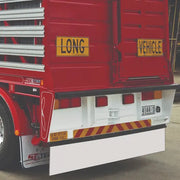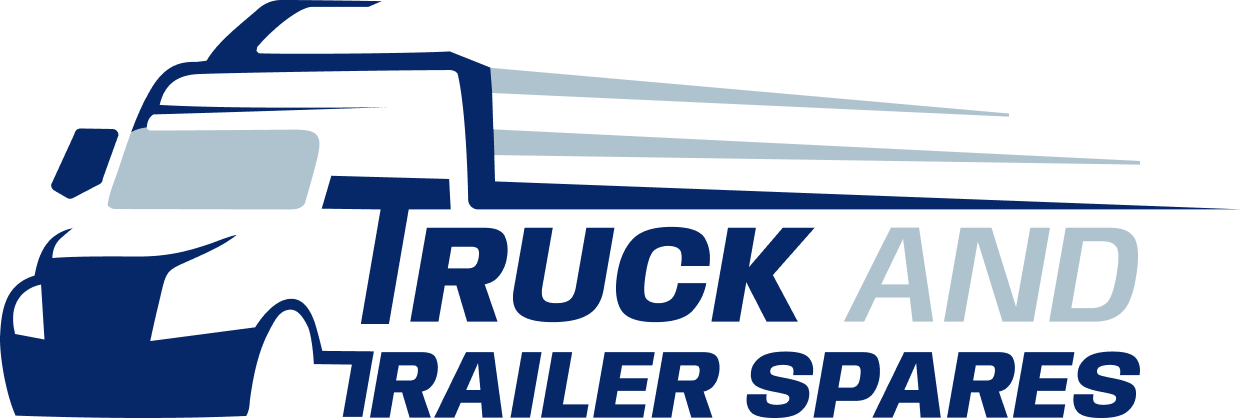
Whether you're hauling goods across town or embarking on a long-distance journey, securing your trailer load properly is essential. Not only is it a legal requirement across Australia, but it also prevents damage, improves road safety, and ensures your cargo reaches its destination intact.
Here’s a guide to the best practices for securing loads in your trailer, covering load planning and preparation, methods of securing the load, and ongoing safety and maintenance tips.
Load Planning and Preparation
Before you even begin loading your trailer, proper planning can significantly reduce the risk of load shift, damage, or trailer instability.
Assess Your Load
Start by evaluating what you’re transporting. Are your goods palletised, fragile, oddly shaped, or heavy? Different cargo types require different securing methods.
- Distribute weight evenly across the trailer bed.
- Position the heaviest items low and centred to maintain balance.
- Ensure your load doesn’t exceed legal maximum weight limits for your truck or trailer.
Choose the Right Equipment
Proper gear is key to successful load restraint. Depending on your trailer and cargo, you may need:
- Load binders
- Tie-down straps or chains
- Corner protectors
- Cargo nets or tarps
- Load-rated anchor points
Never rely on makeshift restraints. Invest in quality securing equipment that’s rated for your load’s weight and movement type.
Pre-Trip Checks
Inspect your trailer for any signs of wear or damage before loading:
- Check the condition of the floor and tie-down points
- Ensure side panels or gates are properly secure
-
Verify that lighting and brakes are functional
This is where load planning and preparation pay off — getting it right from the start reduces hassle on the road.
Securing the Load
Once your trailer is loaded, it’s time to secure it properly. Here’s how to do it right.
Use Appropriate Restraint Techniques
Australia's National Transport Commission (NTC) outlines methods such as direct restraint (where the load is tied directly to anchor points) and containment (where the load is blocked from movement by physical barriers). A combination of both is often ideal.
Key practices include:
- Securing loads from forward, rearward, sideways and upward movement
- Using straps or chains that are rated and in good condition
- Ensuring tension on tie-downs is appropriate and evenly distributed
- Applying edge protection to prevent strap damage
If the load settles or shifts during transit, re-tighten your restraints during scheduled stops.
Cover and Protect the Load
If you're transporting goods that could be affected by wind, dust, or rain, cover them with a tarp or netting. This is especially important for loose items or lightweight cargo.
Ensure all covers are tightly secured and won’t flap or tear while in motion.
Safety and Maintenance
Even the best loading practices can fall short if ongoing safety and trailer maintenance are neglected.
Regular Trailer Maintenance
Routine maintenance helps keep your trailer in top condition. Check:
- Tyre pressure and tread
- Brake systems
- Suspension components
- Lighting and reflectors
- Small issues like a loose light or worn brake pad can quickly escalate if left unattended.
Even minor issues can escalate quickly. Read our guide about Common Signs Your Truck Requires Maintenance to stay ahead of costly repairs.
Keep Safety Front of Mind
Driver and road user’s safety should always be the top priority. Poorly secured loads can shift, fall off, or cause rollover accidents — all of which can be avoided through diligence and discipline.
If you’re unsure whether your load is secure, don’t risk it. Double-check, use additional tie-downs, or consult safety regulations before moving.
Review After Every Trip
After completing a journey, assess how well the load was restrained. Were there any signs of shifting? Did any equipment wear out? Use this feedback to improve for the next trip.
The Final Word
Securing loads in your trailer isn’t just about ticking off a checklist — it’s about ensuring safety, protecting goods, and meeting compliance requirements. By following best practices around load planning and preparation, using proper methods for securing the load, and staying on top of safety and maintenance, you’ll reduce risks and operate more efficiently.
For top-quality load restraint gear, tie-down equipment, and trailer parts, get in touch with Truck and Trailer Spares. With a wide range of reliable parts and accessories, they’re your trusted partner for keeping your rig road-ready and compliant on every haul.








